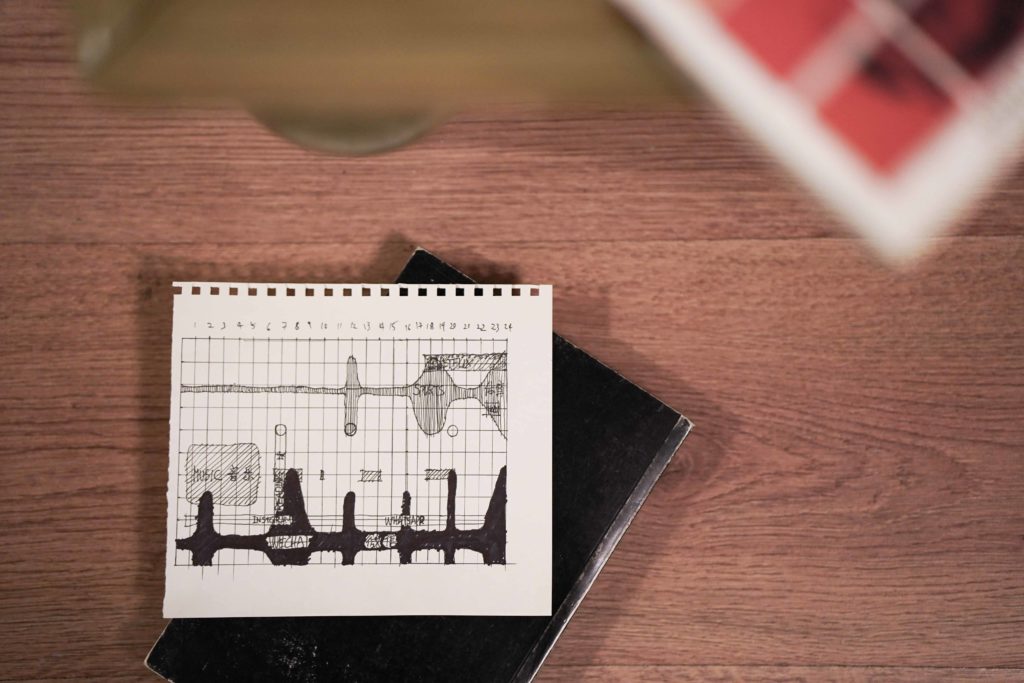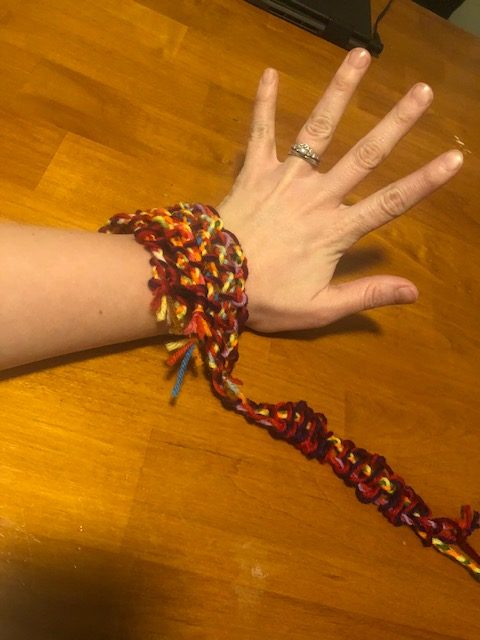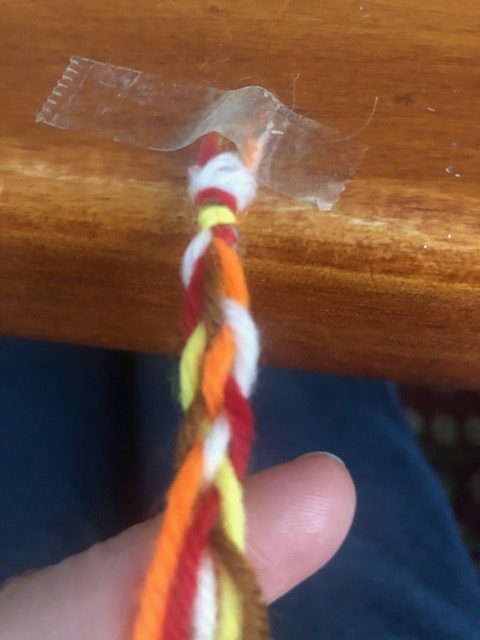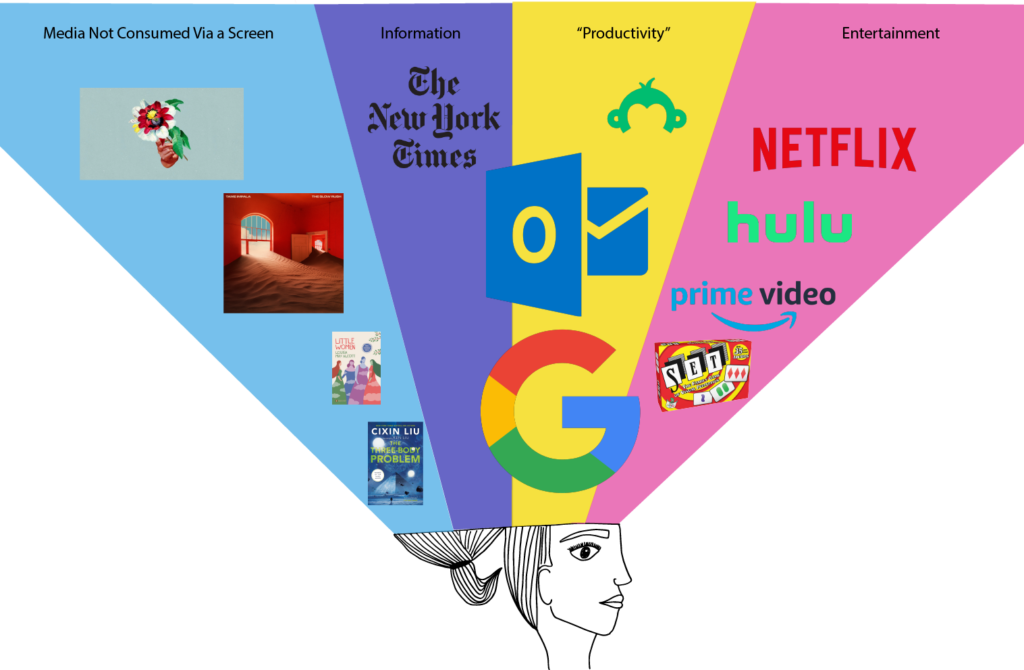It’s a truth known by nearly every uterus-owning human in the world: From the time you’re twelve (or so) years old, you can expect your Aunt Flo to come for a visit around once a month. In Western culture, the female period is often something simultaneously celebrated and shamed: A mother may exult her daughter’s transition into womanhood as she teaches her to use her first menstrual product, yet high schoolers giggle or cringe when their health class touches on menstruation, and adult women hide their tampons up their sleeves on the way to the restroom and whisper requests to female coworkers for a spare.
Despite Western culture’s reluctance to publicly discuss the menstrual cycle, scientific studies have shown that the recurring processes of menstruation and ovulation are integral to a woman’s overall health – a fact little known by many of the women who experience this cycle every month.1 Even lesser known is that the phases of the menstrual cycle have telltale physical signs that allow women to understand what phase of the cycle they are in, and that these signs can be reliably used to avoid or achieve a pregnancy without the use of hormonal birth control.2 While this idea often evokes thoughts of the Rhythm Method and unplanned pregnancies, this method, called Fertility Awareness, is quite different. Through the tracking of a woman’s basal body temperature, cervical fluid, and (optionally) cervical position throughout the month, she may consistently understand what phase of the cycle she is in and thus whether or not she is fertile.3 And as more and more women refuse the use of artificial birth control – whether due to moral reasons or frustration with its side effects – Fertility Awareness Methods (FAM), and the technologies used to track the menstrual cycle (in FAM, called charting) for the purpose of avoiding pregnancy, are becoming more popular.
One such technology used for charting is Kindara, a mobile app available for both Apple and Android phones that currently has over 1.6 million downloads.4 In addition to its charting capabilities, Kindara has a community forum platform in which users may share their charts to ask questions, get feedback, and share their triumphs and struggles with the method. Although a chart may be shared for any reason, there are four main categories in which a chart is posted: Trying to Avoid (TTA), Trying to Conceive (TTC), Trying to Whatever (TTW), and Charting For Health (CFH). Delineated by choosing a category when setting up a user profile and “tagging” a chart with one or more of these abbreviations, these categories reveal each user’s primary motivations for using FAM. Some of these communities have extensive overlap – for example, a woman whose profile reads “CFH” may also tag her chart as “TTA” so that both groups can see it – while others experience little interaction (it is rare for a TTC woman to comment on TTA charts, for example). The TTA and TTC communities are the largest user groups on Kindara, each with quite different community cultures. For the purpose of this case study, I will focus only on Kindara’s TTA community message board.
I should first place myself within the context of this community: I have been a Kindara user since January 2019. Although I personally began charting for health reasons, I was fascinated by the concept of avoiding pregnancy without the use of artificial hormones (a practice I learned about shortly before downloading Kindara) and thus marked my profile as Trying To Avoid. Although I didn’t begin posting my own charts until September 2019, I scrolled through the charts posted in the TTA forum almost daily, slowly gaining a deeper understanding of how various methods of FAM (and there are several!) marked the beginning of the “fertile window” (the point of the cycle in which unprotected intercourse could result in pregnancy) and confirmed that ovulation had occurred, thus ending the fertile period. I also read the comments left on charts, noting the corrections to improper method use, answered questions, emotional support, and textual resources women who didn’t seem to know each other personally often provided to one another. And the more I scrolled through the forum, the more I thought: This community of women is something unique. When I was asked in March 2020 to conduct a case study of a healthy online community, I knew I wanted to delve further into the dynamics of this online space.
I’ll start with a brief description of the app’s layout. Upon opening the Kindara app, you are first taken to the “Data” page, in which a user can input their daily observations (basal body temperature, cervical fluid, cervical position), menstruation, intercourse, and optional custom data inputs that can be whatever that particular user wishes to track (common examples include acne, cramping, and exercise). Other pages allow you to see a calendar, which (when set to TTA) predicts your next menstruation; a chart that displays all your data for your current cycle; and the community section, which contains the community forum (automatically on the thread of whatever fertility goal you’ve tagged yourself – in this case, TTA – though it is possible to search through other threads as well), your personal profile, and notifications from comments and direct messages. The user profile is fairly basic: It shows a circular picture, the user’s username, their fertility goal, (optionally) their age, (optionally) a short bio, and whatever charts the user has publicly shared. A common trend in Kindara users is to maintain some degree of anonymity in their profiles; while many users share their age and their backgrounds as they relate to their fertility goal (for example, Got married 2/14/2017, had a baby boy 7/03/2019, now TTA until we’re ready for our second!), fewer share their names and photos. Photos are certainly more common than names: Some users choose pictures from their weddings, previous births, or selfies as their profile photos; however, most users’ photos are of objects, scenery, and occasionally their children or pets, and many have no profile photo at all (Kindara automatically supplies a cartoon silhouette of a non-gendered person from the chest up if there is no profile photo). Sharing full names on Kindara is quite rare, as well. Some usernames appear to be based upon the user’s real-world name: For example, many usernames will be just a first name, such as “Emma,” often followed by an emoji; others, such as “Mrs. B” hint at the user’s last name. Most usernames, though, appear to be unrelated to any real name, such as “Ocelot,” “EmeraldJoy,” “GHBRuby,” or a seemingly random combinations of letters and numbers.
This tendency toward full or partial anonymity seems to lend itself toward users feeling comfortable publicly sharing and discussing the intimate details of these personal (and typically private) parts of life – intercourse and menstruation – and the multitude of factors that are intertwined with them, such as chronic disease, pregnancy loss, and relationship troubles. Can anyone offer their opinion on my level of risk? […][U]sed a condom but the condom slipped about ¾ of the way off, reads one chart by a woman who below tagged “marital issues” and “husband cheated.” We are having absolutely horrible marriage issues and another child is not in my plan.5 Another user’s chart, tagged “cyst,” reads, I was just hoping to get some input on an ovarian cyst. […] It is intense and when it comes on nothing makes it better. Even Motrin, rest, or stretching. […] I feel completely dysfunctional and basically live in constant fear of when the pain is going to suddenly set in and cripple me. I feel like I sound like I am pathetic but I DO have a high tolerance for pain and I just can’t get around this one.6
Comments on posts such as these, and even on more mundane posts simply asking if a user has confirmed ovulation, tend to be largely positive and encouraging. Nearly every publicly shared chart on the TTA message board receives at least one comment, regardless of the chart’s contents, and those asking for advice tend to generate threads of responses in which women provide resources, share personal experiences, and generally offer emotional support to the original poster. Kindara’s culture of readily-given help and support to fellow users became even more apparent to me after I made my own post on the forum asking if anyone would like to answer some questions for an academic case study: Within six hours of my post I received five messages from women willing to be interviewed. Everyone who responded indicated that they felt Kindara was a mostly positive environment, especially compared to other online platforms in which they participated (like general use of Facebook or Twitter, though one noted that she was in FAM-based groups on these platforms that she found to be an even more positive experience than Kindara).7 “I think there’s a sense that we’re all in this together on some level,” said Heather*, a 36-year-old and user of Kindara for one year, when asked why she thought Kindara’s culture of support was so prevalent. “We’ve always been in the fight for reproductive health as a team, and this is an empowering method to prevent unwanted pregnancies or achieve them at the time times [sic] in our lives.”8 Allison, age 22 and user of Kindara for eight months, made a similar point: “[B]ecause we’re discussing our sex lives and bodies, it’s very personal, and I feel many people are naturally respectful. Which I’m very glad for, because people are doing this without having to be told to. […] Kindara feels like a very safe space to openly share very intimate information about your life, and encounter other women who genuinely want to help. I don’t have to worry about running into drama onto Kindara, I feel like I will get a good answer in response to one of my questions most of the time, and it just has good energy.”9
Of course, like any online platform, Kindara is not completely free of conflict or misunderstanding. Although Kindara tends to attract users with certain characteristics in common – most (though certainly not all) users seem to identify as heterosexual women, and many indicate that they are in monogamous relationships – these users come from a variety of cultural and religious backgrounds, with a wide range of values and moral beliefs. These differences can at times naturally lead to conflict, especially concerning controversial topics. Multiple women I interviewed, for example, mentioned an incident in which a user revealed she had had an abortion; this post led to a commenter telling the poster that abortion was wrong and sparked a debate in the comments section. Such contentious arguments as these, though, are rare; more common are users who admonish others for incorrectly implementing their chosen method of Fertility Awareness. Although these users are often well-intentioned – in FAM, breaking one of the “rules” (i.e. having unprotected sex during the fertile window) is often more likely to result in an unintended pregnancy than, say, missing a birth control pill, so extreme caution is warranted – they may come off to other users as the “fertility police,” as Natasha (age 25 and user of Kindara for 11 months) puts it. “I have seen people who mean well but might sometimes say things in a way that can come off as abrupt or even a tad rude. Amongst the TTA women then I’ve seen on a fairly regular basis (say 2 or 3 times a week) some instances of people almost trying to ‘police’ other people. I’ve seen people quickly jump to tell a fellow TTA woman that her ‘hearts on CD 8 and 11** are outside of the rules!’ etc… Although these people might come off as the ‘fertility police’ they still clearly intend to be kind and helpful.”10 Conversely, Heather noted that many (typically new) users do not understand the rules of their chosen methods – and thus engage in unprotected sex at risky times in their cycles – and that pointing out incorrect implementation of FAM is important so they do not become pregnant. “I get frustrated with having to repeat some *very* basic information,” she said. “Namely, asking people if they have chosen a method to follow and responding when they say “what’s a method?” – you literally cannot effectively practice FAM without following the rules of a method. This is what frustrates me but also makes me feel like I need to be there, so people learn how to use FAM properly.”11
Despite issues that occasionally arise through use of Kindara, all the women I interviewed – and many other users in their charts themselves – indicated that they find their use of the app to be gratifying. “I think that the Kindara community is overall more polite and helpful because it is made up of people who all have similar goals,” said Natasha. “I’ve seen countless comments from women saying that they are so thankful that they have this profound knowledge of their cycles and that they are thankful for finding this community. It seems that gratitude for the knowledge of our bodies and for the app itself is what encourages people to be polite, kind and helpful.”12 Kindara allows women from a variety of backgrounds to come together over a common goal – an understanding and appreciation of their bodies – to provide one another with support, encouragement, and knowledge, and to form a community that unites women across age, religion, politics, and circumstance.
*All names changed to maintain confidentiality.
**The term “heart” on Kindara refers to sexual intercourse (both protected and unprotected), referring to the heart symbol used to mark sex on the app (an outlined heart represents sex with a condom or diaphragm and a filled in heart represents unprotected sex). “CD” stands for “cycle day,” or the day of the menstrual cycle a woman is on (the first day of the period is CD 1).
____________________
Endnotes:
- Lisa Hendrickson-Jack, The Fifth Vital Sign: Master Your Cycles & Optimize Your Fertility (n.p.: Fertility Friday Publishing Inc., 2019).
- Toni Weschler, MPH, Taking Charge of Your Fertility: The Definitive Guide to Natural Birth Control, Pregnancy Achievement, and Reproductive Health (New York: HarperCollins, 2006).
- Weschler, Taking Charge of Your Fertility.
- “Fertility and Period Tracking App for iPhone and Android | Kindara,” Kindara App, Kindara, n.d. https://www.kindara.com/products/kindara-app
- Username withheld for privacy, “Can anyone offer their opinion on my level of risk?…,” Kindara, November 2, 2019.
- Username withheld for privacy, “I was just hoping to get some input on an ovarian cyst….,” Kindara, July 30, 2019.
- Heather (name changed for privacy), email message to author, March 5, 2020.
- Heather, email message to author, March 5, 2020.
- Allison (name changed for privacy), email message to author, March 13, 2020.
- Natasha (name changed for privacy), email message to author, March 5, 2020.
- Heather, email message to author, March 5, 2020.
- Natasha, email message to author, March 5, 2020.






